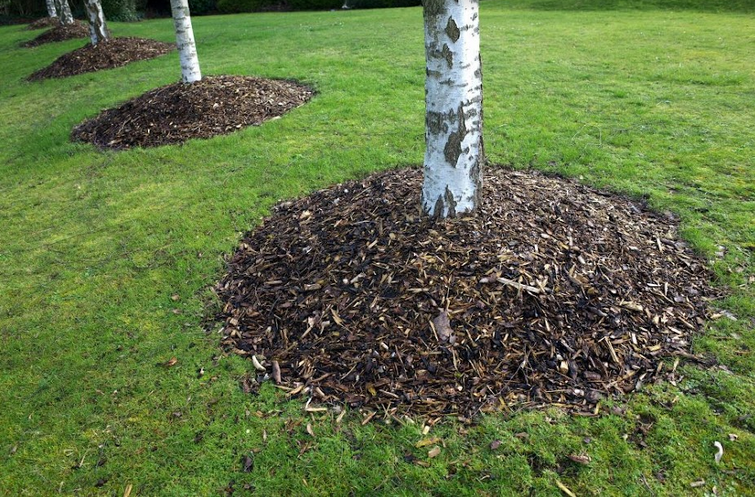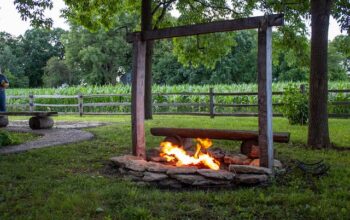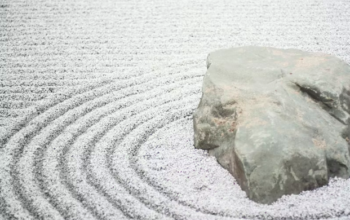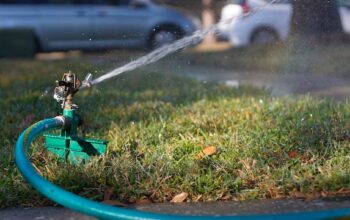Watching your tree grow can be a rewarding experience. Trees are the most valuable working plants on the landscape, thanks to their benefits. Once they grow, they offer shade to your home during summer. Regardless of the type of tree you have, they easily add beauty and offer a calming presence to your space.
Concerning nature, trees have a lot to offer. They help reduce air pollution and soil erosion which is important in bettering the environment. If you love wildlife, trees provide the perfect habitat.
With all the benefits trees have, it’s important to take great care of them, especially when they’re still young. This helps them set in place strong roots and later grow to be healthy and green. Tree care and maintenance are essential for their ongoing health.
Since trees easily thrive, it gets easy to remember that they require great care. Whether your backyard is filled with different kinds of trees or a particular kind, it’s important to give each tree the attention it requires to keep it growing strong.
So, with the hotter season rolling in, it’s time to protect your trees and keep them in tip-top shape. Below is an easy-to-follow guide to help care for and maintain your tree.
Effectively Prune Your Trees
Trees benefit from pruning after its older than three years. Before then, excessive pruning will leave your tree with fewer leaves. Pruning is essential in removing dead or diseased branches as your trees grow. This leads to having a better-looking plant and preventing any disease from spreading.
But before you begin pruning, you may need to know the purpose before beginning. Reasons for pruning vary from a tree that’s top or bottom-heavy, a tree that’s leaning to one side, or a tree that’s being blocked from sunlight. Other reasons your trees need pruning might be if your trees suffer from extreme weather damage or interfere with power lines.
However, before pruning, you need to take some precautions. This is because pruning might be beneficial or severely detrimental if the wrong cuts are made or if you cut too much. Considering you need to prune any wayward stems regardless of where they are located on the tree, you need to use the right tools. For instance, to reach high points, consider getting tree climbing spikes to help.
One tip to consider when pruning is dipping your shears in bleach in between cuts. This will prevent diseased branches from affecting the healthy ones. Note that proper pruning of trees will keep them healthy all seasons long.
When making cuts on your trees, avoid leaving stubs as they can cause your tree to develop pest problems. Invest in tree climbing boots to avoid this in more mature trees as you can get closer and ensure that your cut lines are right where the branch begins. Additionally, when pruning, ensure that you eliminate sprouts from your tree’s base.
Water Your Trees Effectively
For your trees to keep thriving, they’ll need the right moisture, especially with trees requiring different amounts of water to thrive. For some trees, too much watering might cause the roots to rot. For others, less water might cause them to die. Therefore, for your trees to thrive, you need to water them effectively.
Most established trees won’t require much watering as the plants’ roots are great at finding moisture. However, if you recently planted trees, you’ll need to water them immediately. This will give the roots the needed moisture and help the soil and mulch settle.
Insert a garden trowel to make a hole and make sure that the soil is moist enough. To check the moisture of the soil, stick your finger and see how moist the soil feels. Suppose it’s too dry; water it effectively. This is vital if you leave in a dry climate, as you’ll need to water your tree regularly to keep it healthy.
Remember that if your tree doesn’t get sufficient moisture in fall, it might be damaged in winter. When watering your tree, avoid overhead watering to keep bacterial and fungal diseases from spreading. Use alternative watering methods such as buckets, drip lines, and water bags.
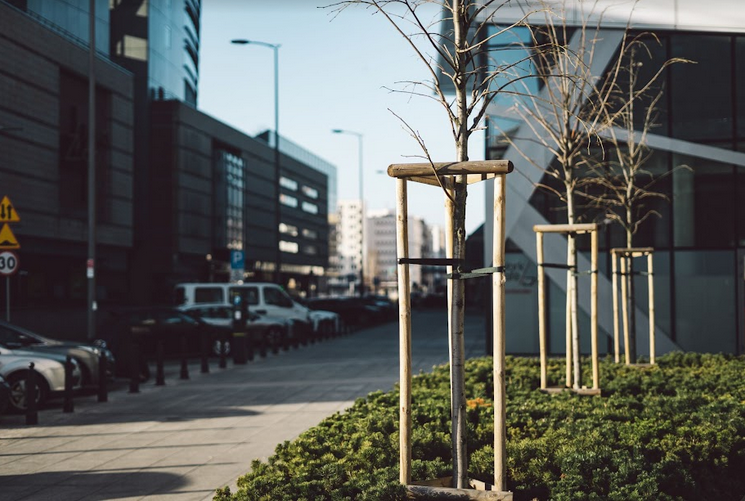
Protect The Roots And The Trunk
For trees to be healthy, they require healthy soil. To ensure that your tree is healthy enough, you may need to ensure that the soil isn’t compacted. This means that heavy equipment doesn’t go over the root areas of trees. Compact soil reduces the available oxygen, which might kill the roots or make them prone to storm damage.
Aside from heavy items, bumping into your trees might damage the bark and trunk. This weakens the tree structurally or invites insects and disease. To protect your roots, find the critical root zone of your tree. This zone is usually defined by your tree’s drip line, where the circle on the ground around your trees correlates with where the branches extend.
Feed Your Trees
It’s important to feed your trees from time to time. However, most trees don’t need additional nutrients to stay healthy, especially the mature ones; thus, it’s important to fertilize them occasionally. This is especially true in areas with poor soil or where nutrient-rich topsoil has been removed.
Before getting fertilizer, test the soil to confirm which nutrients are needed. For most soils, general-purpose fertilizer normally works, especially for trees growing poorly or with yellowing foliage. You might have to choose between fast-acting or slow-release types and then follow the direction on the packaging when using it.
Avoid it even if you feel tempted to add more fertilizer than directed, as it might harm your trees. Too much fertilizer might burn your tree’s roots, thus causing injury to your plant.
Use Mulch On Your Trees
Mulching is a great way to protect trees from extreme temperatures and keep them moist. You can begin mulching your tree as soon as you plant it, as that’s when your trees need protection the most. However, mulching shouldn’t be done the wrong way because it can damage the roots of your trees.
Before mulching, note that you’ll need to do this all year round. To add nutrients to your soil, consider adding organic mulching, as it’ll eventually decompose. Consider clearing the exact size of mulching based on your tree size. This means clearing any grass within three to ten feet around your tree.
Next, spread three inches of mulch, such as wood chips extending it to the tree’s canopy. Leave three inches between the trunk and mulch to keep your root from rotting. You can do this by not stacking the mulch against the trunk.
Stake Newly Planted Trees
If you have difficulty keeping your newly planted trees upright, staking them might be ideal. It’s important to support your trees for the first two years as they are weak. However, you’ll need to remove the stakes and allow your tree to develop a stronger trunk.
When placing your stakes, get one that’s as tall as the tree and has a two-stake system. It should be loose and flexible enough to support the trunk. Avoid pulling on it too tight when tying your stake, as it might damage your tree. Once your tree can stand alone, remove the stakes.
Schedule Tree Inspections
If you have mature trees, they might pose hazards if not well taken care of and might need additional care from a professional. With this in mind, schedule a tree inspection with an arborist annually to perform a hazard assessment.
These assessments will help you know the potential problems that might cause damage beforehand. Some problems that arborists can recognize are insect infections, destabilization, root rot, climbing vines, sunscald, lightning damage, and other diseases.
Protect Your Trees Against Pests
Pests can be detrimental to your trees once they attack. Fortunately, you can be one step ahead of them by finding insecticides that work well with your trees. Take time to research insecticides that’ll be effective but have fewer environmental effects.
Once you get an insecticide, settle for those that don’t require spraying. Options that can be applied around the base of your tree might protect the tree from the roots to the tip of the leaves.
Keep Your Grass From The Tree
Grass growing up against your tree might cause more harm than good, especially in younger trees. Their grass might lead to poor development if allowed to grow against the trunk. Since grass requires air, water, and nutrients, it’ll compete with trees for these necessities and it might cause your tree to wilt.
To avoid this, maintain a grass-free area around the tree’s trunk. Use mulch to mark where your tree roots are; this way, you can know where to mow.
Bottom Line
If you’re planning to plant trees in your garden, you need to know how to properly care for them. Knowing your trees’ needs will help you care for them effectively which could lead to the growth of your tree through the best or worst conditions going their way. Take time to know all the types of trees you have before choosing care and maintenance techniques.
Related Posts

